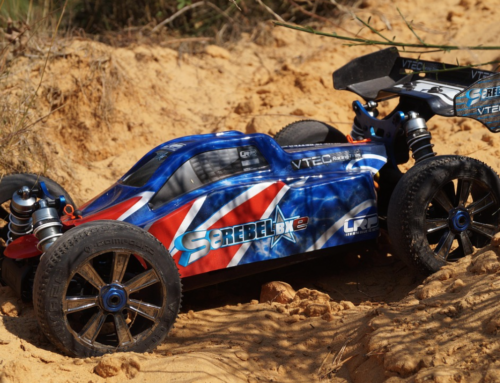Introduction to Technical Parameters of High Discharge Rate Polymer Batteries

1. The key parameters of high discharge rate polymer batteries include voltage, battery capacity, discharge rate (C-rating) for model aircraft batteries, charging parameters, battery weight, and battery model. For example, a 7.4V model aircraft lithium-ion battery might have the following parameters: a charging limit voltage of 8.4V, a discharge cut-off voltage of 6.0V, a discharge rate of 25C, a battery capacity of 600mAh, and a battery weight of 800g.
2. High discharge rate polymer batteries are generally composed of polymer lithium-ion cells and are classified as ultra-high discharge rate polymer lithium-ion batteries. They primarily use 4S battery packs. High discharge rate battery manufacturers can increase the battery’s discharge rate to around 80C, while normal mobile phone batteries typically have a rate of around 0.5C. In terms of technological content, model aircraft battery cell technology may be more advanced.
3. Lithium batteries for model aircraft sometimes use single 3.7V high-capacity, high-voltage polymer cells. The single-cell voltage of 3.7V is the nominal voltage, derived from the average working voltage. The actual voltage of a single lithium cell is 2.75~4.2V. The capacity marked on the lithium battery is the amount of electricity obtained from discharging from 4.2V to 2.75V. Lithium batteries must be used within this voltage range of 2.75~4.2V. If the voltage is lower than 2.75V, it is considered over-discharge, and the lithium battery will expand. The internal chemical liquid will crystallize, and these crystals may pierce the internal structural layer, causing a short circuit, or even causing the voltage of the high discharge rate polymer battery to drop to zero. If the single-cell voltage exceeds 4.2V during charging, it is considered over-charge, and the internal chemical reaction will be too intense, causing the lithium battery to swell. Continued charging will lead to expansion and combustion. Therefore, polymer lithium-ion battery manufacturers strictly require the use of a regular charger that meets safety standards to charge the battery, and it is forbidden to modify the charger privately, as this may have very serious consequences! Otherwise, lithium-ion battery manufacturers will not recognize any claims for battery safety incidents. Battery modification is prohibited.
4. Taking a 22.2V 10000mAh aerial photography power lithium battery as an example, a large high discharge rate polymer battery pack consists of 6 lithium cells with a rated voltage of 3.7V and a capacity of 10000mAh connected in series, which is commonly referred to as 6S1P. There are also 6S2P drone lithium-ion batteries, which are composed of 12 piece 5000mAh batteries connected in parallel and then in series. It should be noted that 6S1P has a higher safety factor than 6S2P because the structure of 1P is half as complex as that of 2P. Of course, the price of 1P is also higher.
5. The discharge capability of high discharge rate polymer battery parameters is expressed in terms of C-rating. This refers to the maximum discharge current that can be achieved according to the battery’s nominal capacity. Common batteries for aerial photography are 15C, 20C, 25C, or batteries with even higher C-ratings. As for the C-rating, simply put, 1C is different for different capacity batteries. 1C means that the battery can work continuously for 1 hour at a discharge rate of 1C. Example: If a 10000mAh battery works continuously for 1 hour, the average current is 10000mAh, which is 10A, and 10A is 1C of this battery. For example, if a battery is labeled 10000mAh 25C, the maximum discharge current is 10A×25=250A. If it is 15C, then the maximum discharge current is 10A×15=150A. It can be seen from this that when the aircraft is performing large dynamic flights, the higher the C-rating, the more current the battery can supply instantaneously according to the power consumption, and its discharge performance will be better. Of course, the higher the C-rating, the higher the battery price will be. It is important to note that you must never exceed the battery’s discharge C-rating, otherwise the battery may be scrapped or catch fire and explode.



